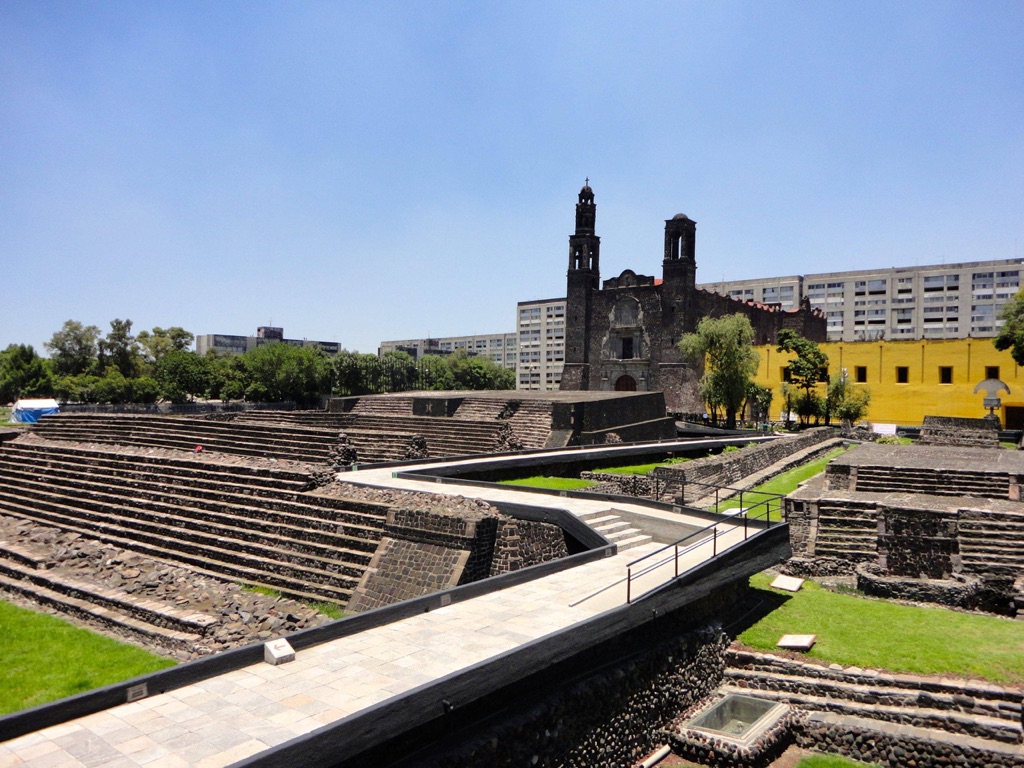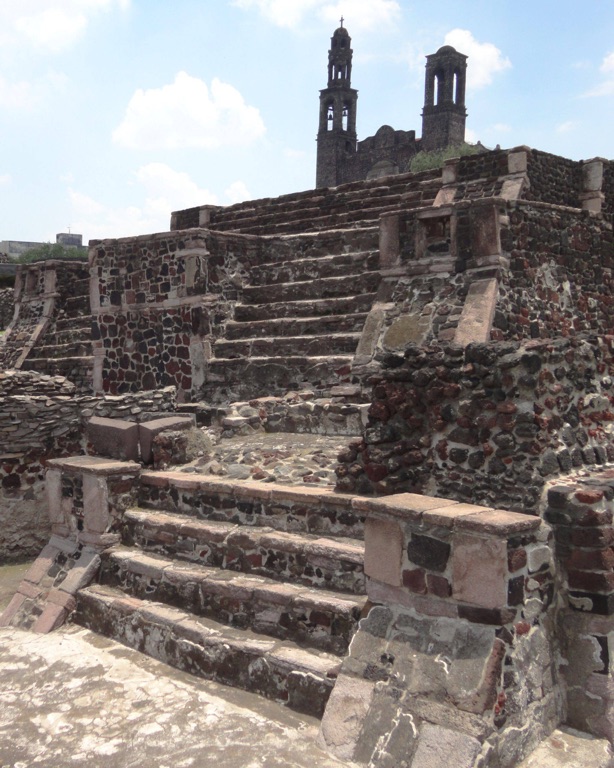Located in the heart of Mexico City, Tlatelolco is a historical site that bears witness to the rich tapestry of Mexican history. From its origins as a pre-Columbian city-state, to its role in the Spanish conquest of Mexico, and its significance in the 20th-century student movement, Tlatelolco is a place where history comes alive.
Get your dose of History via Email
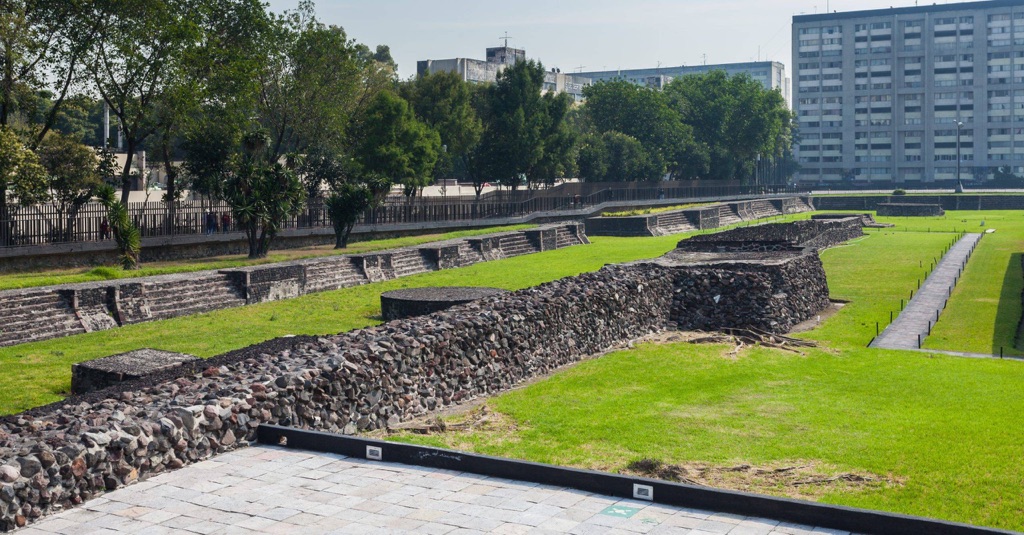
Historical Background
Tlatelolco was founded around 1337 by a group of Nahua people who were part of the larger Mexica culture. It quickly grew into a thriving city-state, rivalling the nearby city of Tenochtitlan. Both cities were located on islands in Lake Texcoco and were connected by causeways. Tlatelolco was known for its large market, which was described in awe by the Spanish conquistadors. In 1521, Tlatelolco was the last Mexica city to fall to the Spanish, marking the end of the Aztec Empire. The site is now over 680 years old.
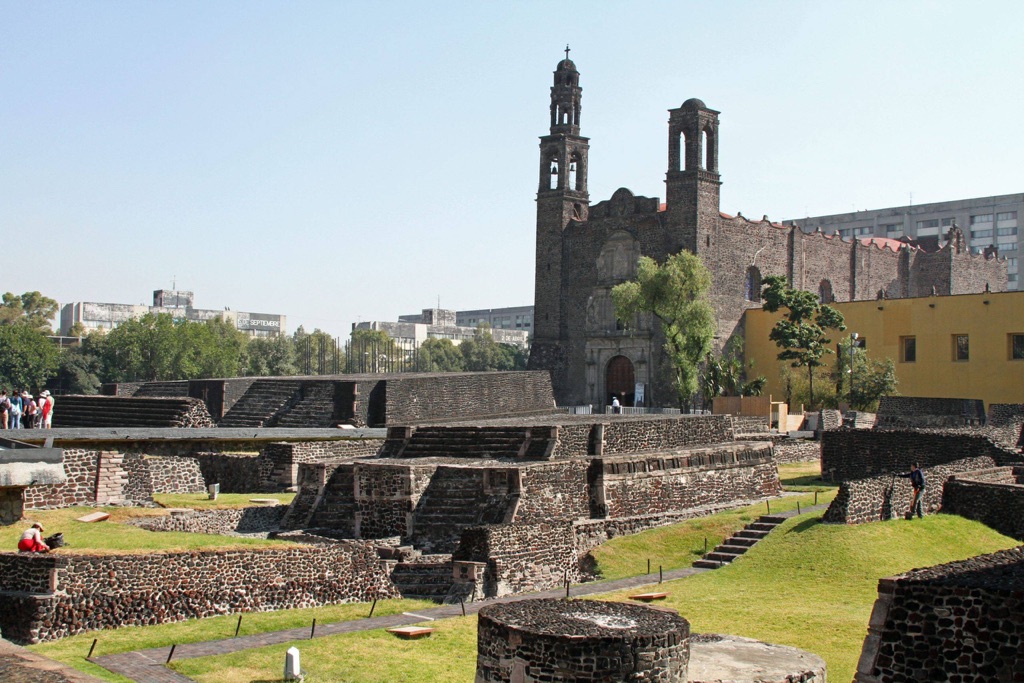
Architectural Highlights
The archaeological site of Tlatelolco features the remains of several structures, including temples, a palace, and a ball court. The most prominent structure is the Templo Mayor, a large pyramid with twin temples at the top, dedicated to the rain god Tlaloc and the war god Huitzilopochtli. The pyramid was built in seven stages, with each new structure built over the previous one. The materials used in the construction were mainly tezontle, a red volcanic rock, and chiluca, a white stone. The stones were likely transported from quarries in the surrounding area. The site also includes the remains of the Tlatelolco market, which was once the largest market in Mesoamerica.
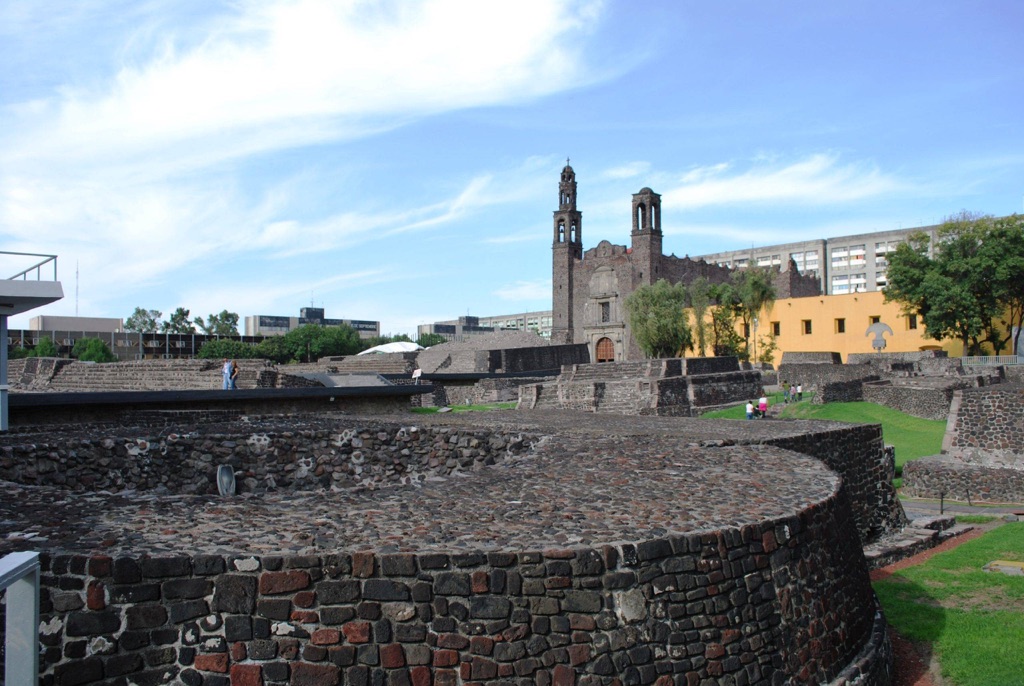
Theories and Interpretations
Archaeological excavations at Tlatelolco have provided valuable insights into the Mexica culture and the Spanish conquest. The Templo Mayor is believed to have been a major religious and ceremonial center, where human sacrifices were performed. The presence of a ball court suggests that the city also hosted the Mesoamerican ballgame, a ritual sport with religious significance. The market area has yielded numerous artifacts, including pottery, tools, and jewelry, indicating the city’s role as a major trade center. Radiocarbon dating and stratigraphic analysis have been used to date the different stages of the Templo Mayor and other structures.
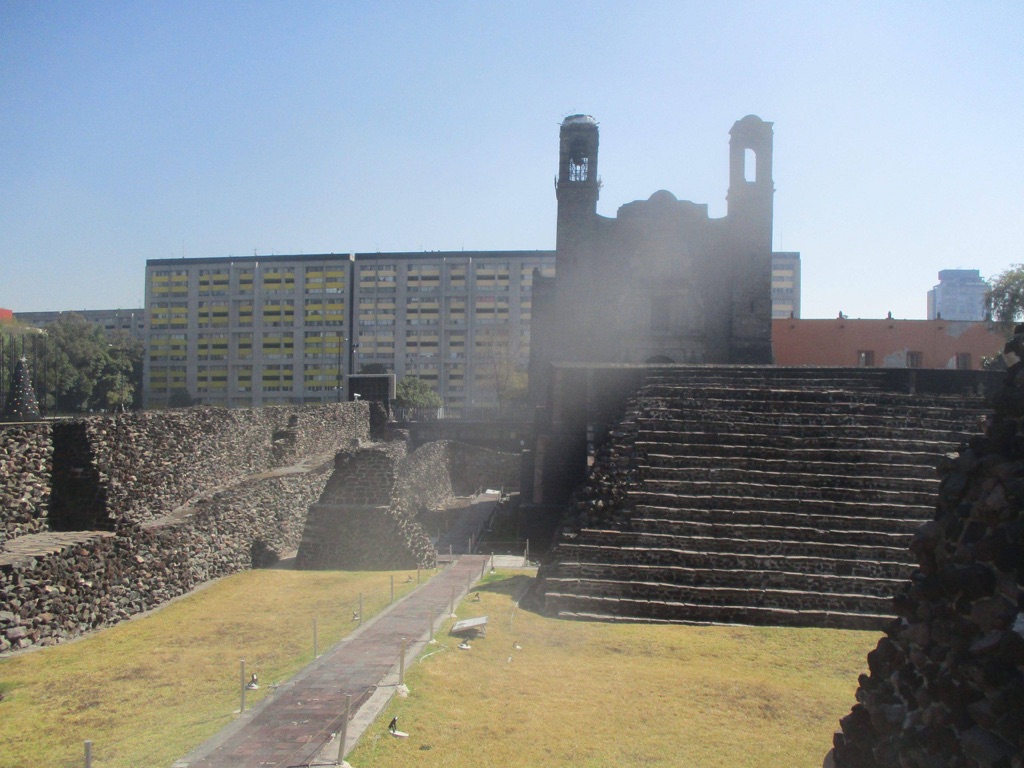
Good to know/Additional Information
In addition to its pre-Columbian history, Tlatelolco also has significant modern history. The Plaza de las Tres Culturas, named for the three periods of Mexican history represented at the site (pre-Columbian, Spanish colonial, and independent), was the site of a student protest in 1968 that ended in a massacre by government forces. The event, known as the Tlatelolco massacre, is commemorated by a memorial at the site. The archaeological site is now part of the Tlatelolco Cultural Center, which includes a museum and a library.
